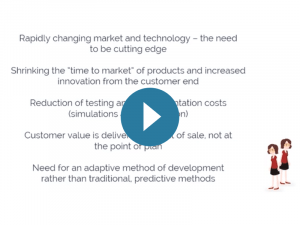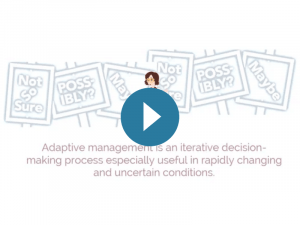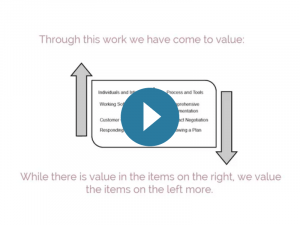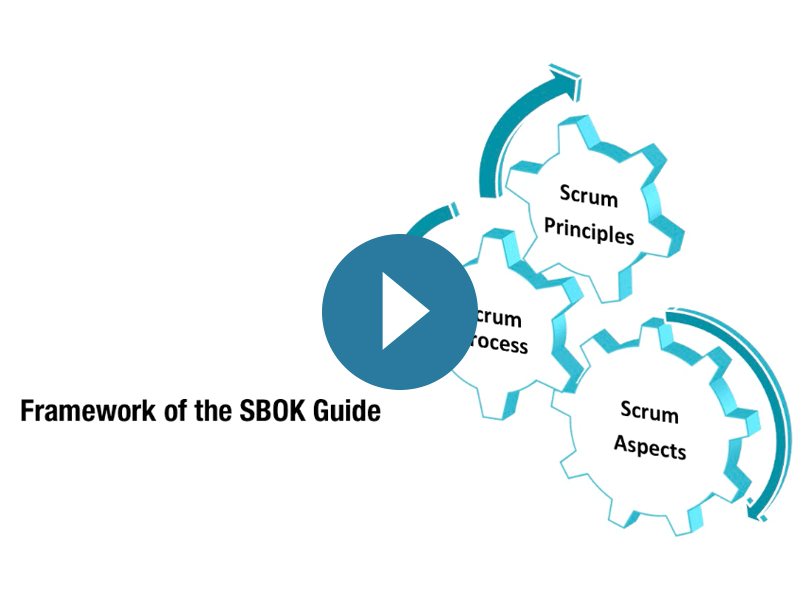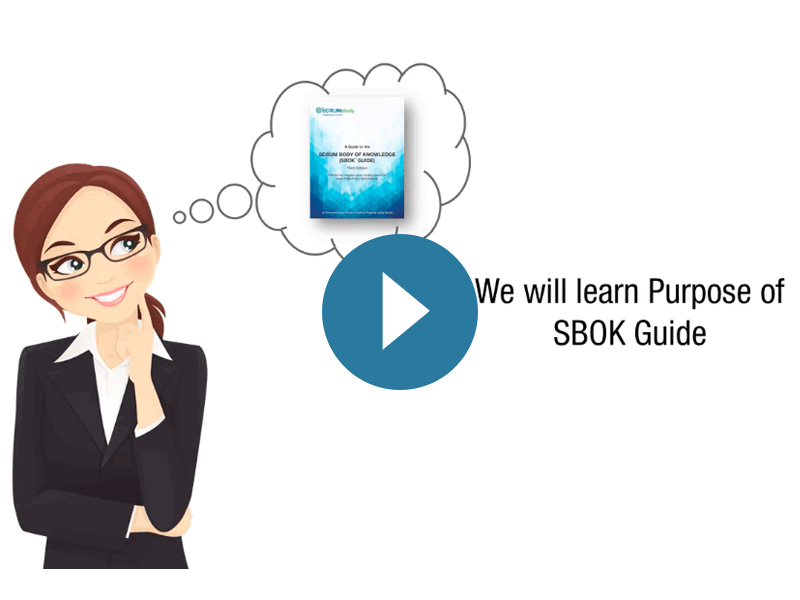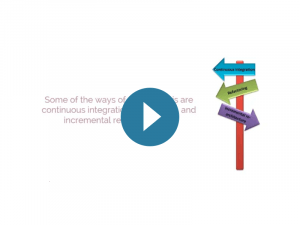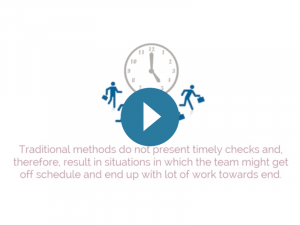How to use the SBOK™ Guide
The SBOK™ Guide can be used as a reference and knowledge guide by both experienced Scrum and other product and service development practitioners, as well as by persons with no prior experience or knowledge of Scrum or project management approach. The contents are organized for easy reference by the three Scrum Core Team roles: Scrum Master, Product Owner, and Scrum Team.
The chapters covering the six Scrum principles and five Scrum aspects include a Roles Guide. This guide provides direction regarding the relevance of each section in the chapter to the Scrum Core Team roles.
In order to facilitate the best application of the Scrum framework, the SBOK™ Guide has clearly differentiated mandatory inputs, tools, and outputs, from non-mandatory or optional ones. Inputs, tools, and outputs denoted by asterisks (*) are mandatory, or considered critical to success, while others with no asterisks are optional. It is recommended that those being introduced to Scrum focus primarily on the mandatory inputs, tools, and outputs, while more experienced practitioners should read the entire process chapters to benefit from the optional best-practice inputs, tools, and outputs suggested.
Scrum is a framework and is not meant to be prescriptive, which means there is room for flexibility in its application. All the fundamental Scrum processes detailed in the SBOK™ Guide are required for every Scrum project, but would be applied based on the specific needs of the organization, project, product or team. Additional processes would apply when Scaling Scrum for Large Projects, or Scaling Scrum for the Enterprise.
Video supplied by ScrumStudy: 2021® SCRUMstudy.com. All rights reserved.





